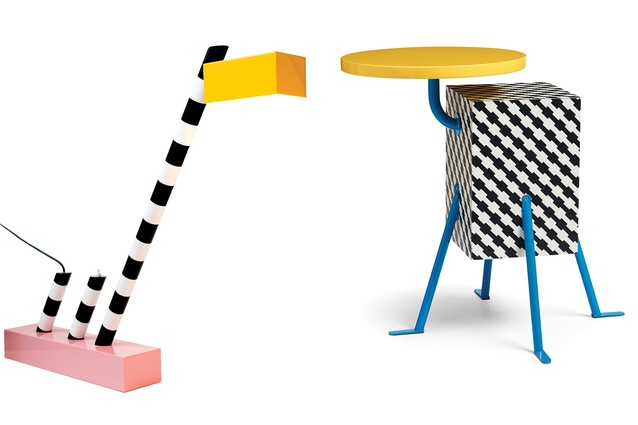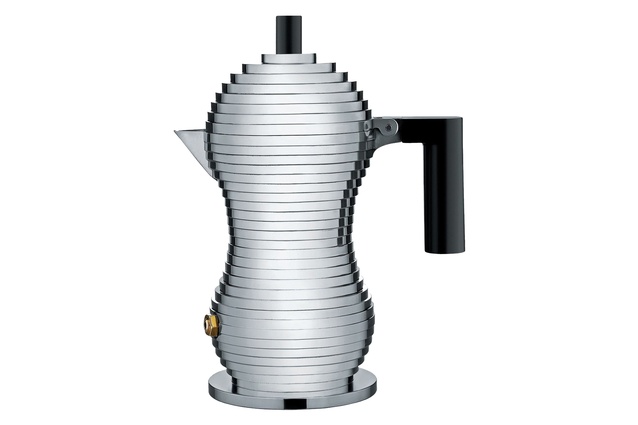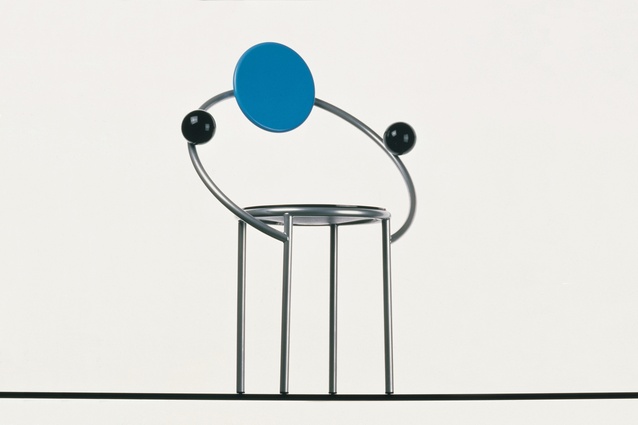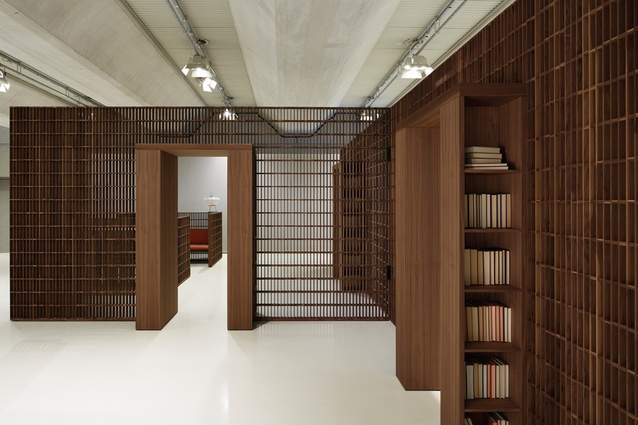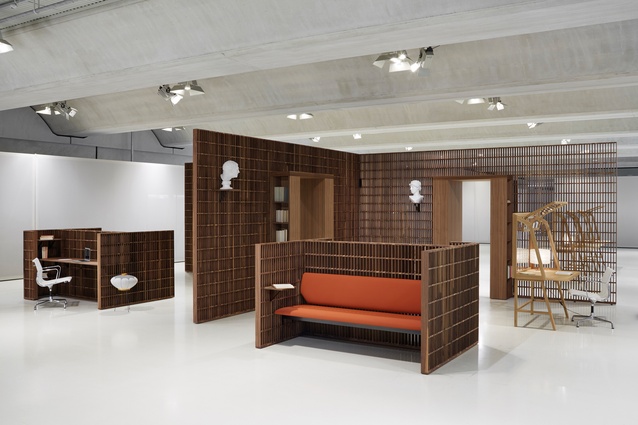Distributing happiness: Michele De Lucchi
Rebecca Gross caught up with this prominent Italian designer, who was crucial to the birth of the iconic Memphis Group.
Michele De Lucchi has been a prominent figure in the Italian design world since the 1970s, crafting architecture, furniture, lamps, appliances, office equipment and a variety of everyday products into bold, original and provocative designs. His work has always developed as a response to the current cultural and political conditions, questioning the status quo, seeking to provide happiness and always wanting to create a better world.
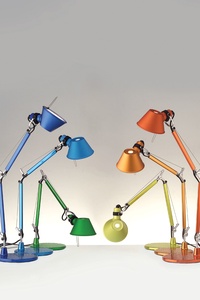
Graduating from architecture school in the 1970s, De Lucchi entered the Italian design scene at a time when his contemporaries were challenging the constraints of modernism. He joined Studio Alchimia in 1978, and banded with Ettore Sottsass and other Milanese architects and designers to found Memphis Group in 1981. Favouring flashy and faddish over functional, Memphis created fresh and surprising designs with a distinctive visual language that combined bright colours, kitsch motifs and unexpected materials.
“We wanted to be provocative, to be productive, to be rebels,” De Lucchi says. Reflecting the spirit of the 1980s – an era of excess and conspicuous consumption – Memphis pieces were fun, youthful and unconventional, with expressive forms that spoke to new ways of living.
While Memphis eschewed the enduring for the ephemeral, De Lucchi’s Tolomeo desk lamp for Artemide, also designed in the mid-1980s, has become an iconic, timeless design. Indeed, unlike the pieces designed by Memphis, Tolomeo has survived the ebbs and flows of fashion.
But the cyclical tides of fashion have seen a resurgence in the popularity of the Memphis ‘style’ in recent years. As Memphis designers rebelled against the rigidity of modernism, the current renaissance may be seen as a response to the minimalism of mid-century modern and Scandinavian design that has been pervasive.
“Whenever we have an epoch, the one that comes after is disruptive with the recent past,” says De Lucchi. He ascribes the revived interest in Memphis as a desire to be optimistic in the current global situation. “I think it is the imagination of happiness. The imagination of surprising. The freedom of using very unusual images and very unusual combinations of colours and decorations.”
De Lucchi has remained at the forefront of progressive design for more than four decades. When Memphis disbanded in 1988, he became Director of Design at Olivetti where he designed office furniture, cash registers, computers, fax machines, printers and an ATM. He designs architecture, furniture and products for renowned European brands, such as UniFor, Vitra and Alessi, and he served as editor-in-chief of the new Domus magazine in 2018.
Still driven by how to create a better world, De Lucchi is interested in developing ways in which to harness the potential of technology, yet counter its isolating effects. “What is driving me is to think about how society will change with all the struggling technological potentialities that we have today,” he says.
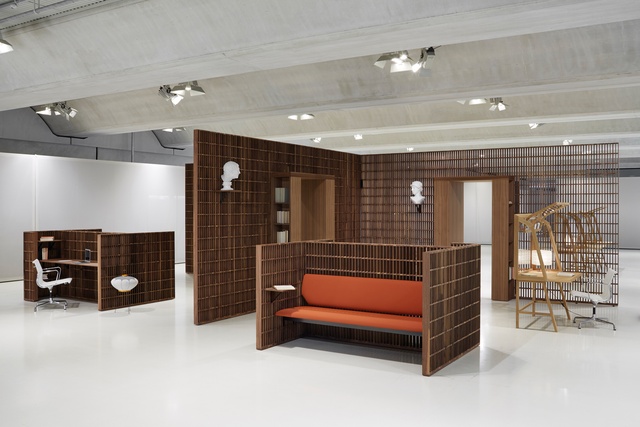
His work has a strong connection to nature and is designed to balance intimacy and sociability. His workplace collections, Hatch and Secretello, for UniFor, are delicately crafted with timber and both have visual permeability to define space that is both private and public. “The workplace today is a matter of independent objects as sculpture,” he says. “Every object needs to have a meaning, an attraction and a function, and we appreciate the artistic value.”
On a broader scale, De Lucchi has conceptually designed a new typology he calls “Earth Stations”. Exploring the humanistic qualities in architecture – “the atmospheric and sensorial experiences” – these unprogrammed buildings bring people together, promoting mobility, communication and personal freedom. He describes the Sydney Opera House as having this magnetic attraction, as a place to meet, eat, walk and enjoy performances.
“In the past, happiness was to own something; today, it is to experience something,” De Lucchi says. “I want to create positive, happy, emotionally fulfilling surprises, and I feel very engaged in the contribution of architecture and design to distributing happiness.”
This article first appeared in Interior magazine.



